Pallet racks are the most widely used and adaptable racking system in the industry, making them ideal for warehouses that manage a diverse range of SKUs. Arranged throughout the facility, they form interior aisles that provide direct, easy access to each individual pallet.
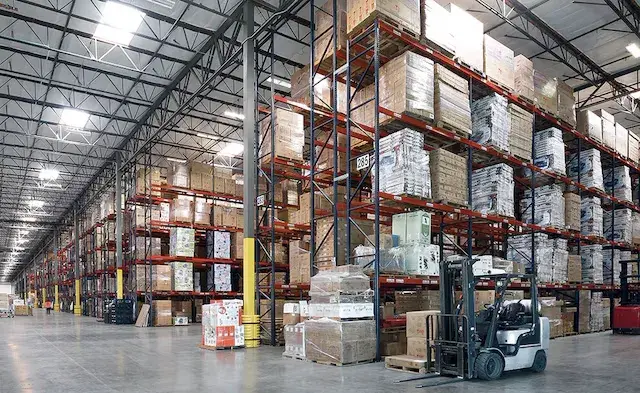
Pallet racks are the most widely used and adaptable storage solution in the industry, making them ideal for warehouses that manage a diverse range of SKUs. Their layout forms interior aisles throughout the facility, allowing direct and easy access to every pallet.
Big Joe's pallet racking systems feature upright frames that are either bolted or welded, paired with a piston-lock mechanism for enhanced stability and protection. This design safeguards against damage, tampering, and accidental beam dislodgment.
Pallet Racking Advantages
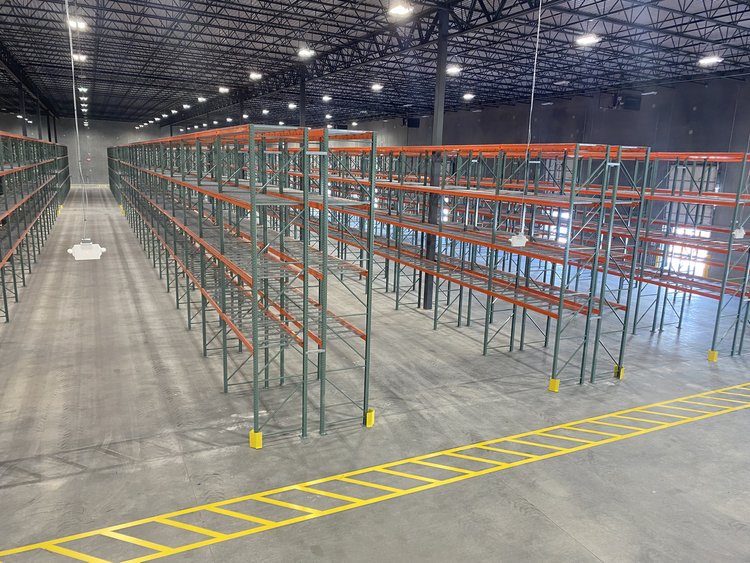
- Direct access: Every pallet is accessible from the working aisle.
- Easy to install: The system offers quick assembly with low maintenance costs.
- Versatile: Pallet racking adapts to facility height and accommodates various loads, from pallets and containers to boxes, drums, and reels.
- Configurable and scalable: Adjustable storage levels allow easy reconfiguration, with the option to expand by adding bays or beam levels.
- Ideal for picking: Operators can pick items at floor level or, using order pickers, at higher locations, too.
Gallery
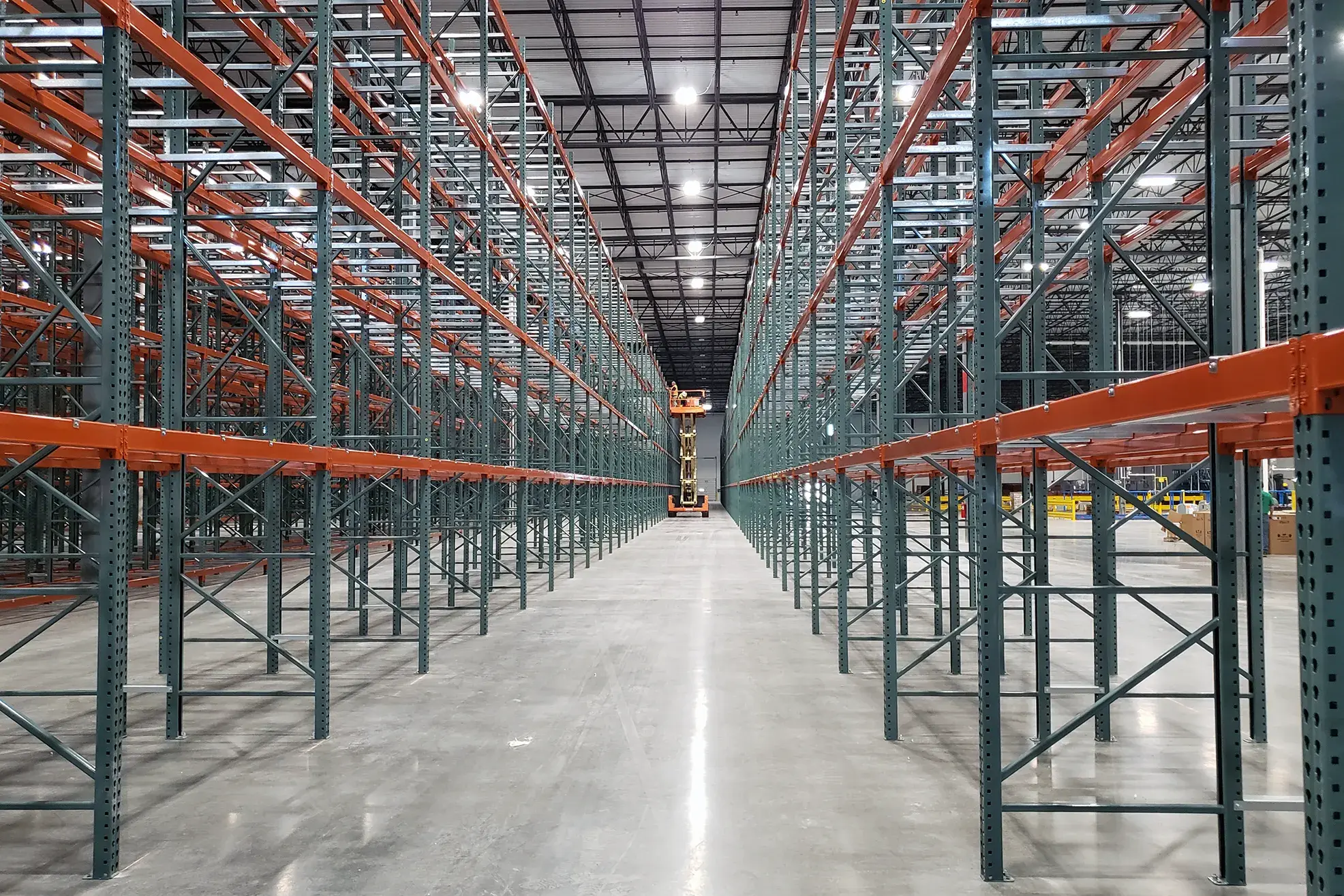
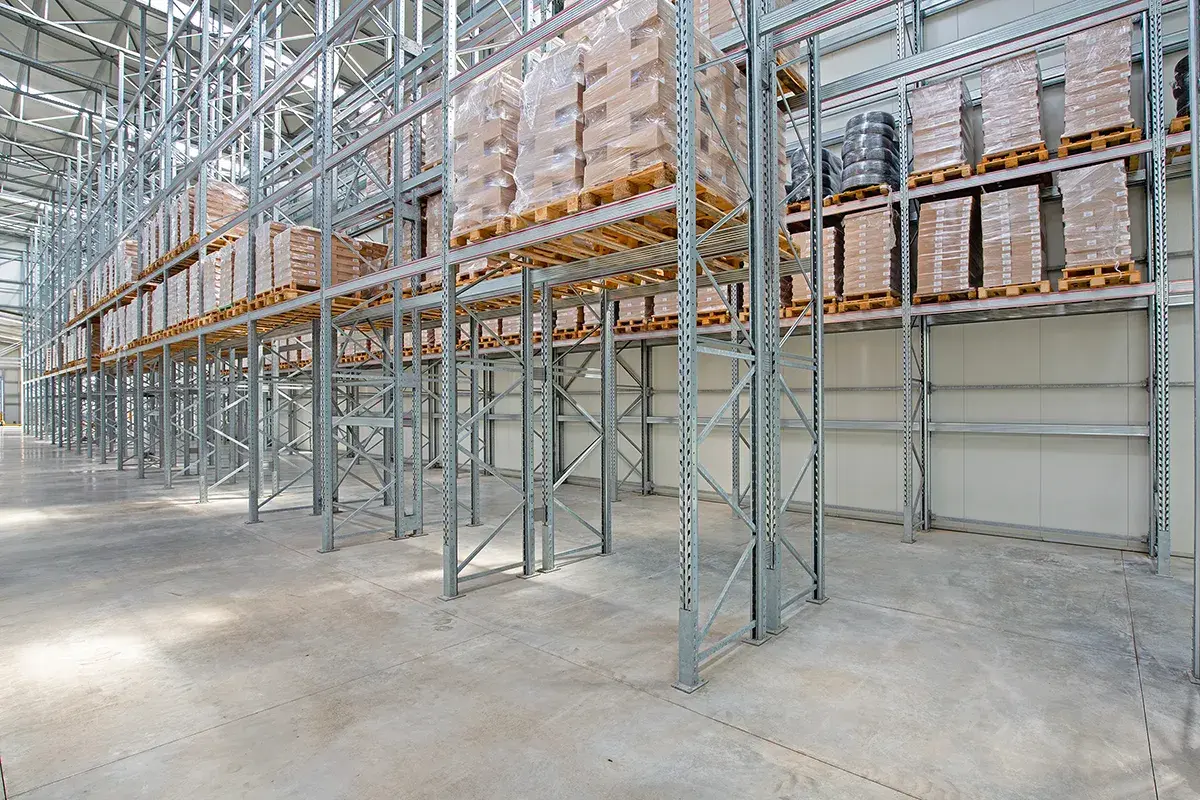

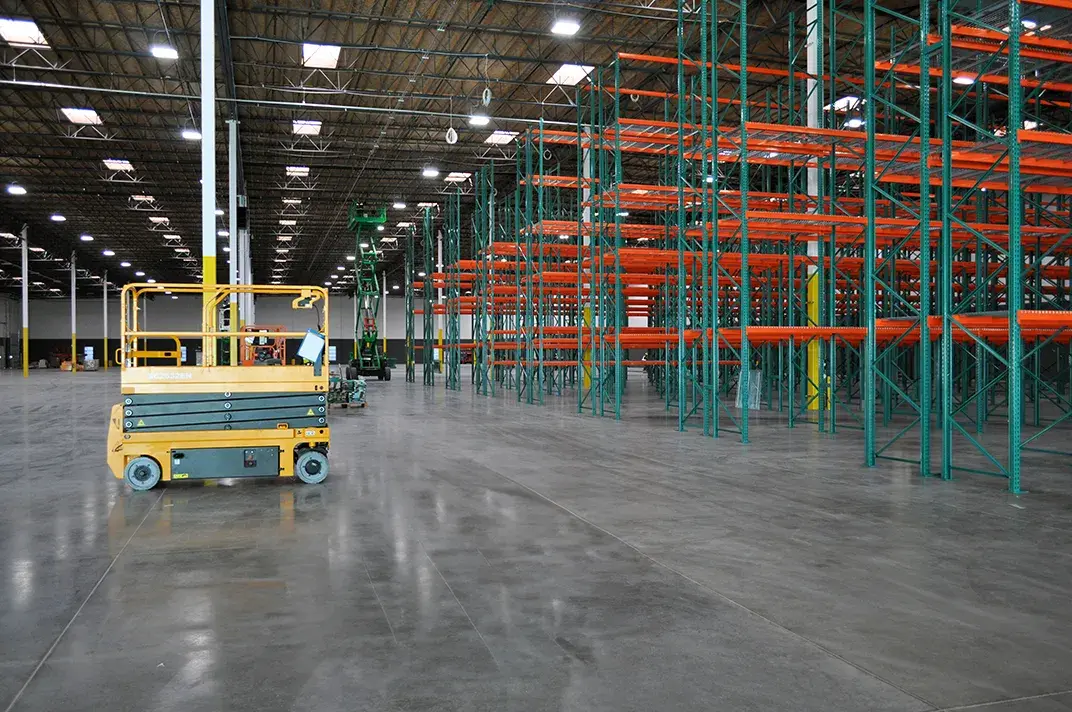
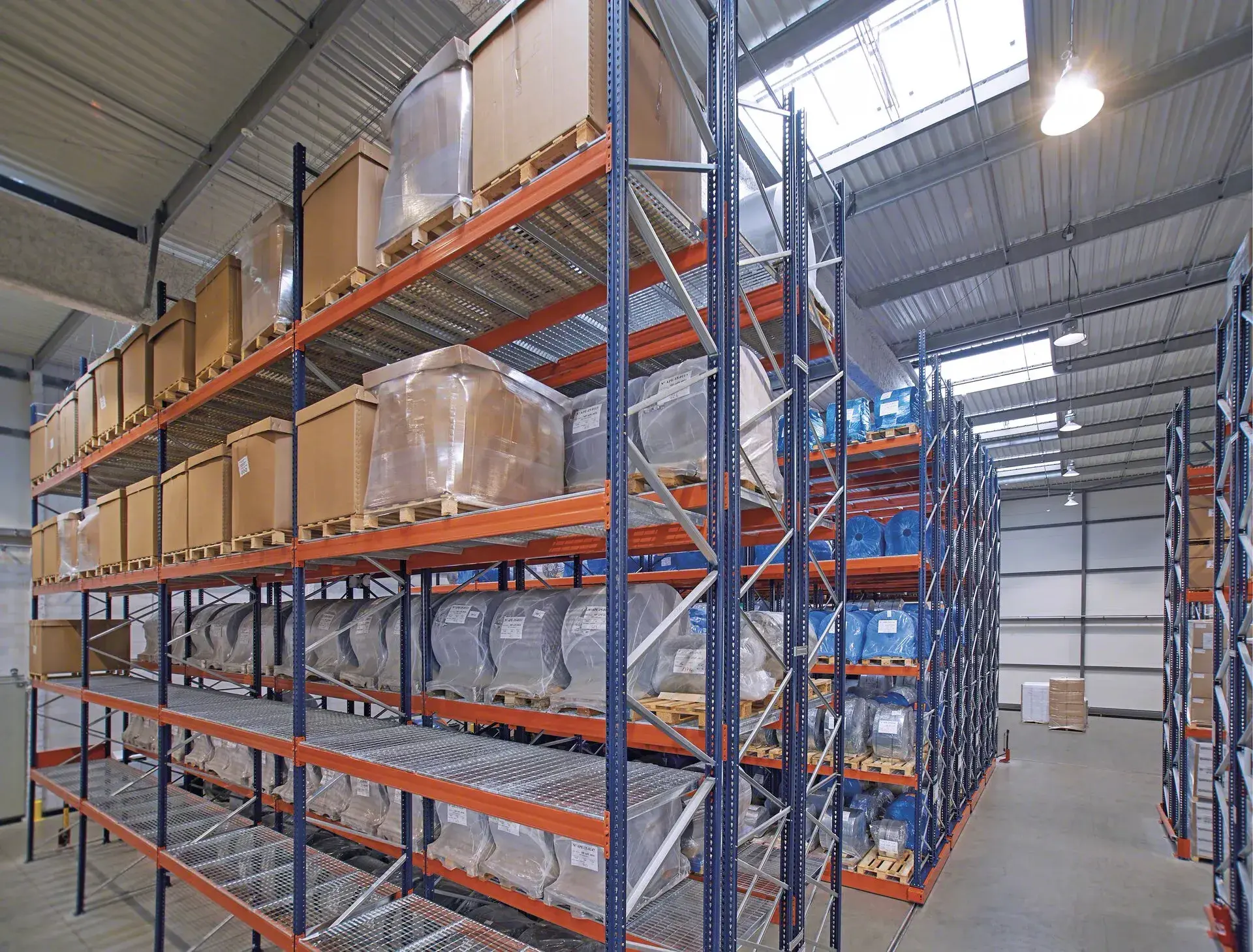





FAQ
What is pallet racking?
Pallet racks are the most widespread storage system in warehouses that stock palletized goods. This is due to their versatility, simple construction, easy assembly, and relatively low cost. Moreover, this pallet rack system is the only one that offers direct access to every pallet stored, ensuring efficient inventory management. This makes roll-formed pallet racks the perfect solution for companies that handle many SKUs and few pallets of each.
What are the standard pallet rack dimensions?
Pallet racks can be customized to fit the needs of any warehouse. Rack heights typically range from 4' to 40', and for automated systems, they can go as high as 148'. There is no limit to the length, as racking bays can be connected one after another.However, it is important to maintain safety by leaving enough room for passageways, and tunnel bays can be added for shortcuts between aisles. The depth of the racking frame is usually based on the size of the pallet. For example, for a standard GMA pallet that’s 48" deep, the frame is typically 42" deep.
How long are pallet rack beams?
The length of pallet rack beams is subject to the type of pallet stored. For instance, using 40" wide GMA pallets, beam dimensions can be 48", 96", or 144" based on the number of pallets wide on the level.
Which forklifts are most appropriate for working with pallet racks?
Any type of forklift can be used (counterbalanced, reach trucks, VNA trucks, etc.), as long as the aisle has the appropriate width and the machines can reach the upper load levels. In the case of double-deep pallet racking, the forklift employed must have telescopic forks to reach the pallet furthest away.When using VNA trucks — typically employed in narrow aisles with high-bay pallet racking — a guidance system is installed to direct the forklift’s path within the working aisle. This system can be mechanically guided, using profiles fitted to both sides of the aisle and anchored to the floor. Alternatively, it can be wire-guided, whereby a wire is embedded into the floor, producing a magnetic field to direct the forklift’s movement.
Ready to Get Started?
Need More Than Just Racking?
We also sell, service, and rent forklifts, scissor lifts, pallet jacks, and more.




